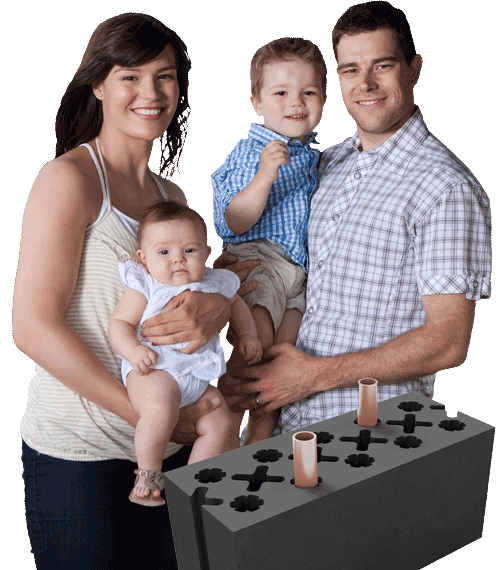Unit Solutions is actively committed to designing and building green homes, which promote the health and well-being of our natural environment. As a result, environmental, economic and social benefits are obtained. Sustainability is important because all the choices we pursue and all the actions that we make today will affect everything tomorrow and in the future.

This exciting innovation will help improve your overall well-being
Green building
What is green building?
The buildings in which we live, work, and protect us from nature’s extremes, yet they also affect our health and environment in countless ways. As the benefits of green building become more apparent, many green building practices are gaining momentum.
Green, or sustainable, building is the practice of creating and using healthier and more resource-efficient models of construction, renovation, operation, maintenance and demolition.
Green building definition
The U.S. EPA says “Green building is the practice of creating structures and using processes that are environmentally responsible and resource-efficient throughout a building’s life-cycle from siting to design, construction, operation, maintenance, renovation and deconstruction. This practice expands and complements the classical building design concerns of economy, utility, durability, and comfort. Green building is also known as a sustainable or high performance building.”
health benefits of building green
We make sure the air in your home is as fresh as possible, so you can breathe easy. Another goal of green building is to improve air quality within structures, as well as the productivity of their occupants. One EPA (Environmental Protection Agency) report states that indoor air pollutant levels are about two to five times higher than those of outdoor air. Some of these pollutants, such as radon gas, are attributable to natural conditions, while others such as second-hand smoke are a direct result of human behavior. However, many of these pollutants are a byproduct of the materials used to construct or furnish the building. Volatile organic compounds, or VOCs, can cause serious health consequences in large enough concentrations. These chemicals may occur naturally, but they can also be manmade, and are found most commonly indoors in products such as paints, solvents, carpets, cleaning products, and some household appliances.
Asbestos is another dangerous pollutant. While this thread-like mineral is no longer used in the manufacture of new building materials, it was widely used in nearly every aspect of construction until the 1980s and can still be found in most of these buildings. When breathed in or ingested, asbestos fibers can cause serious health problems such as lung scarring, asbestosis, and mesothelioma cancer. Mesothelioma symptoms include shortness of breath, coughing, and pain in the chest, very similar to other, less fatal lung conditions, which can mean that the cancer often goes undiagnosed until its later stages. Green building efforts take into account the human costs of building with certain materials – though asbestos makes for an effective source of insulation, it is severely dangerous to a structure’s occupants, and thus alternative materials are used instead.
